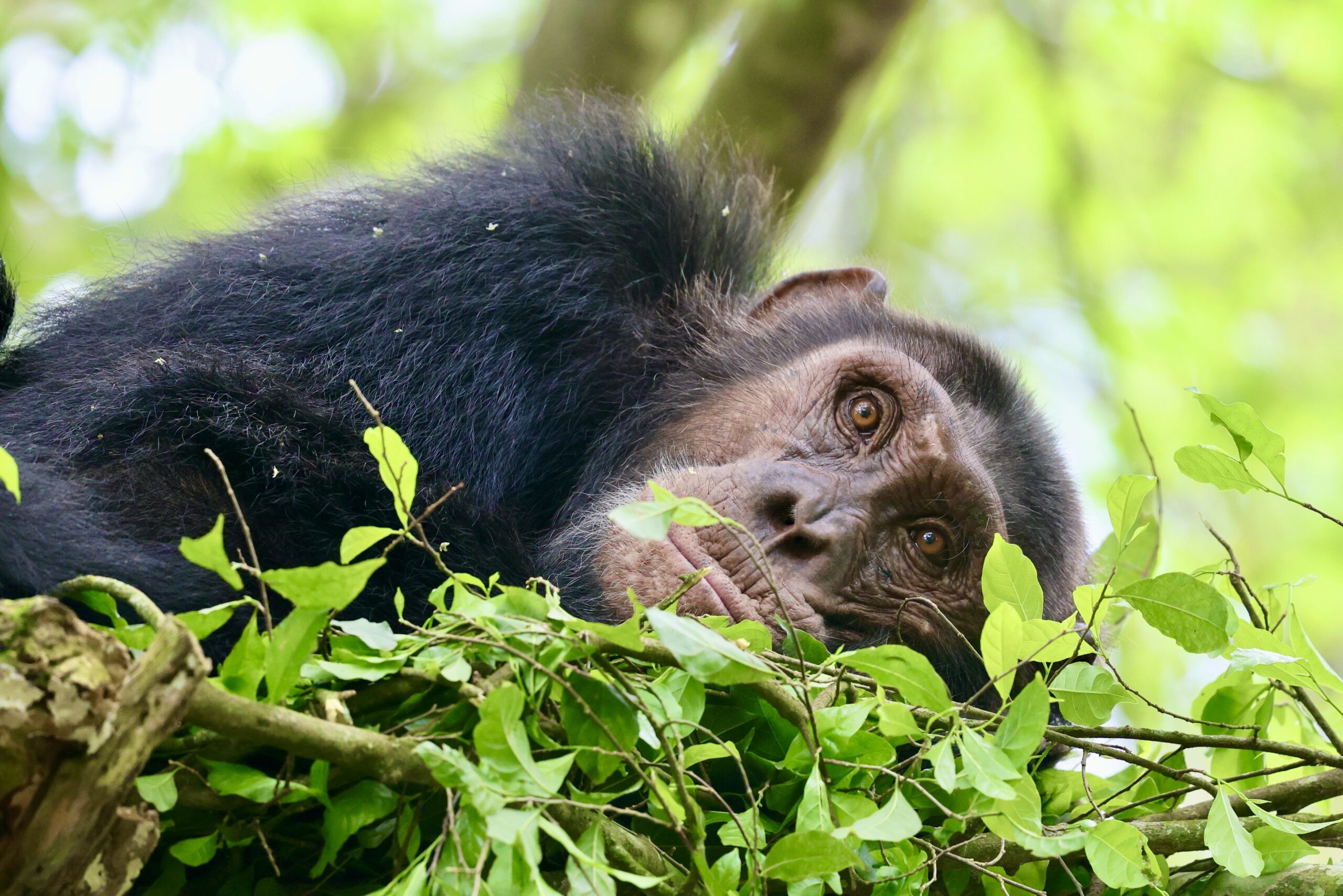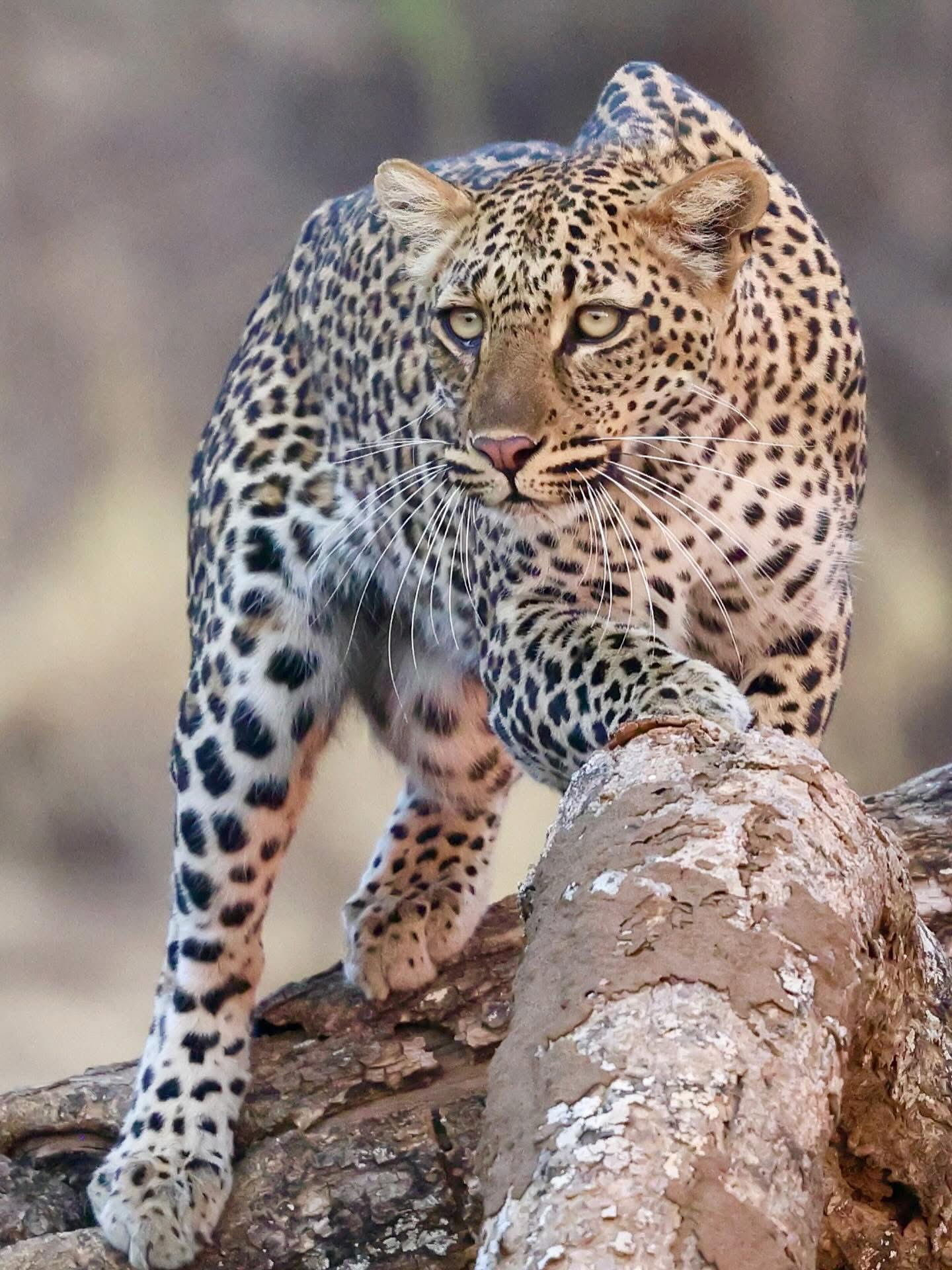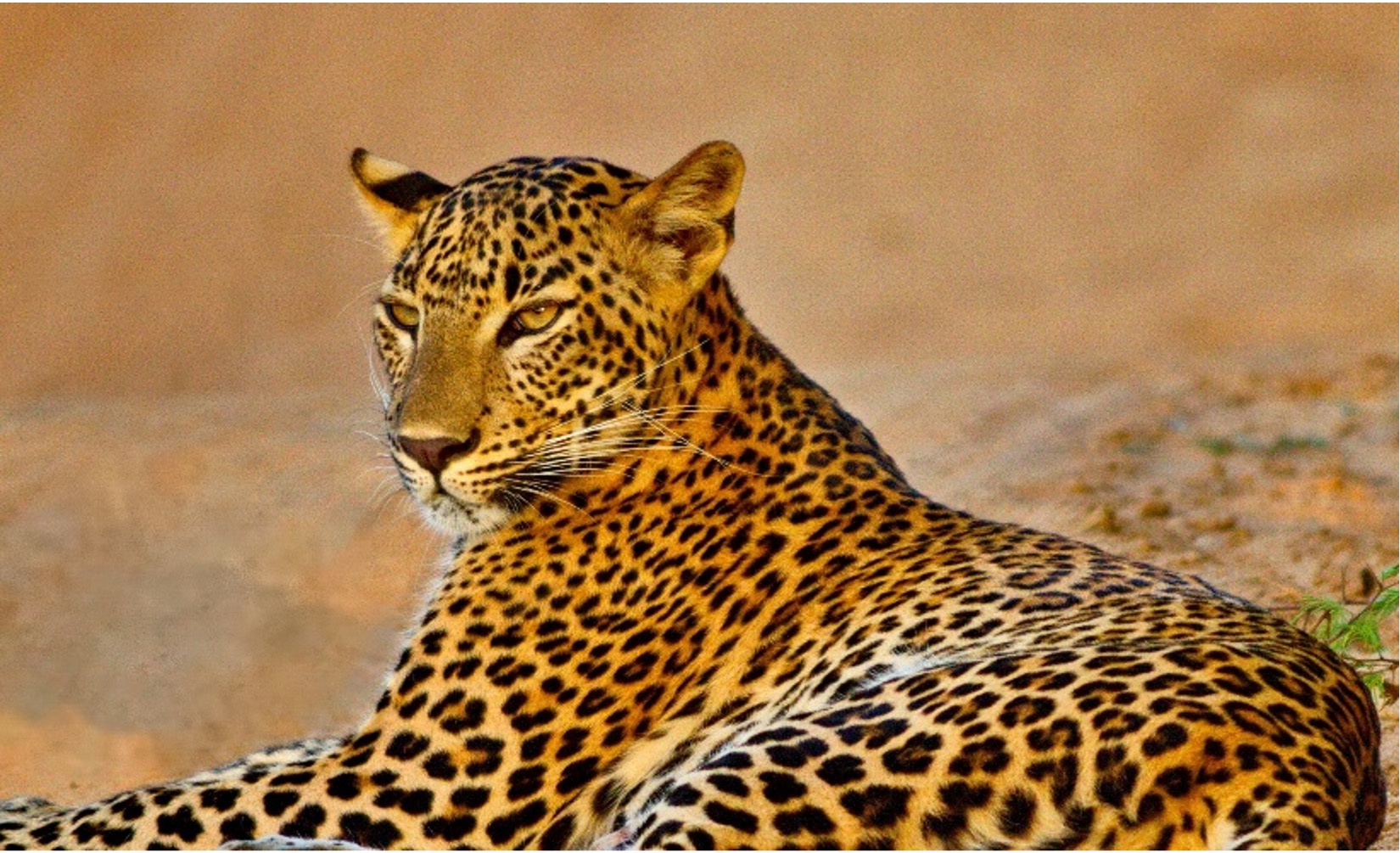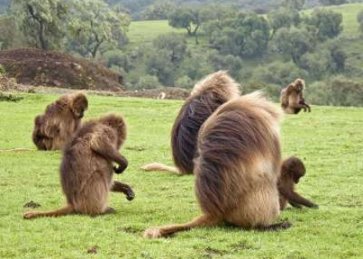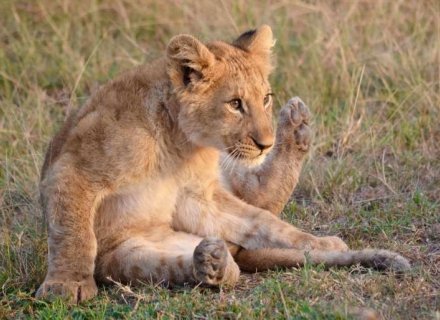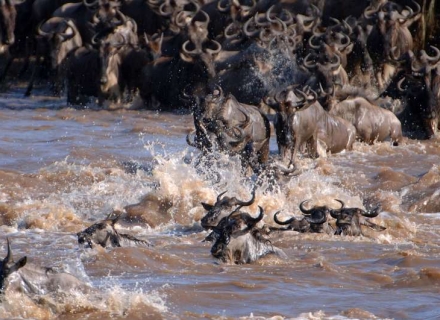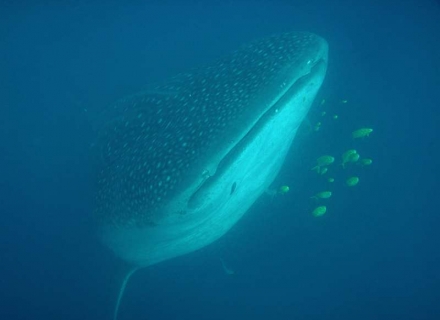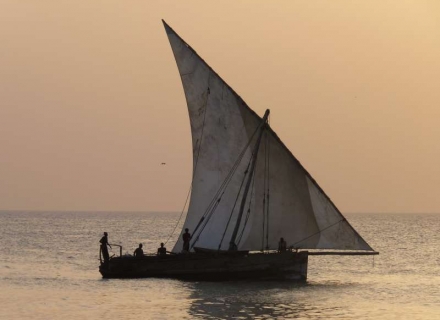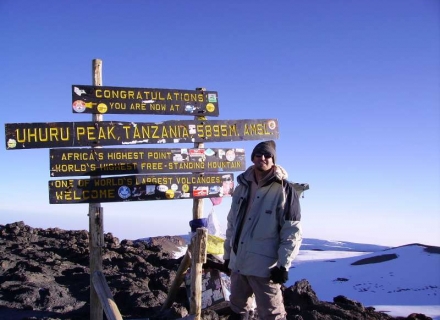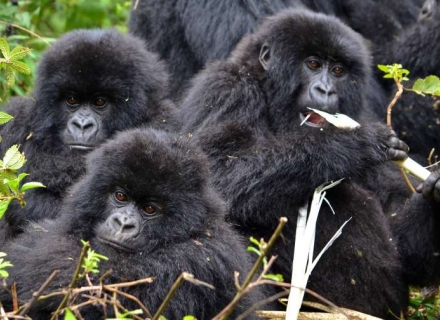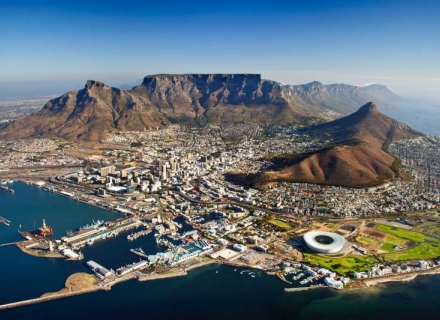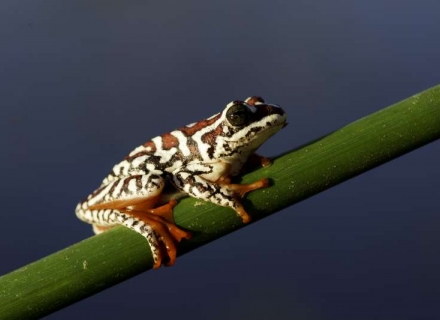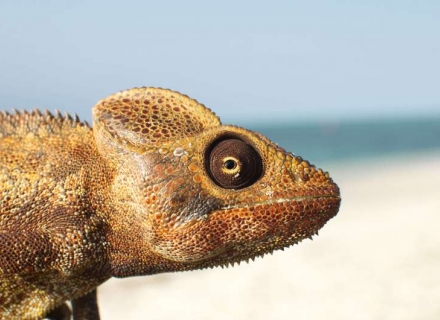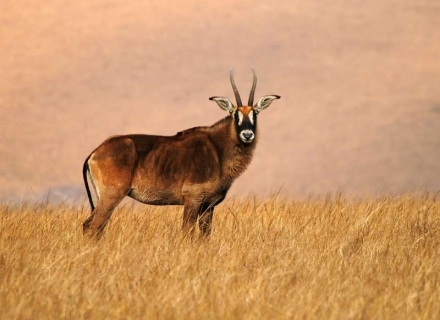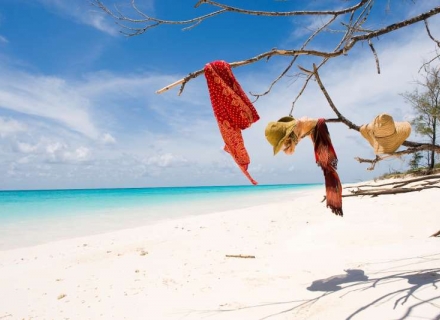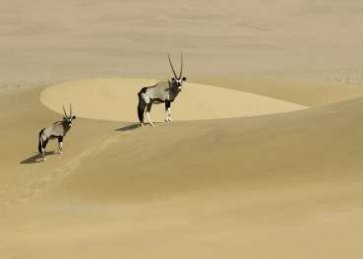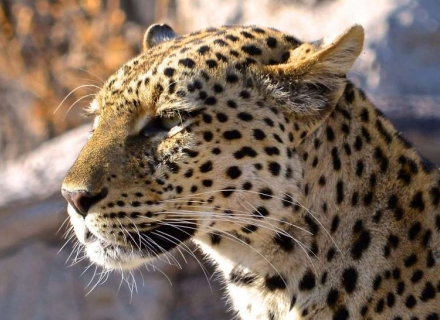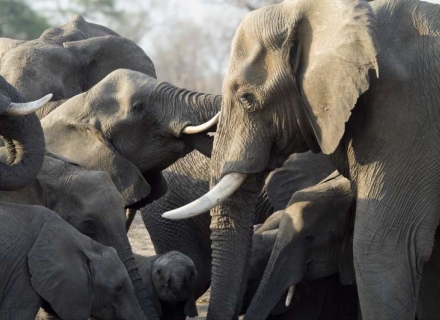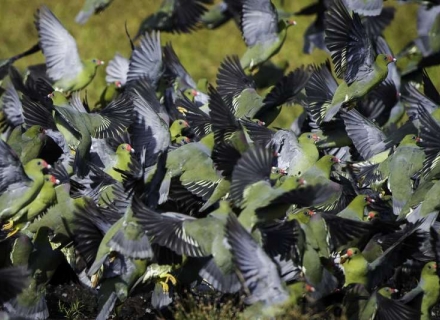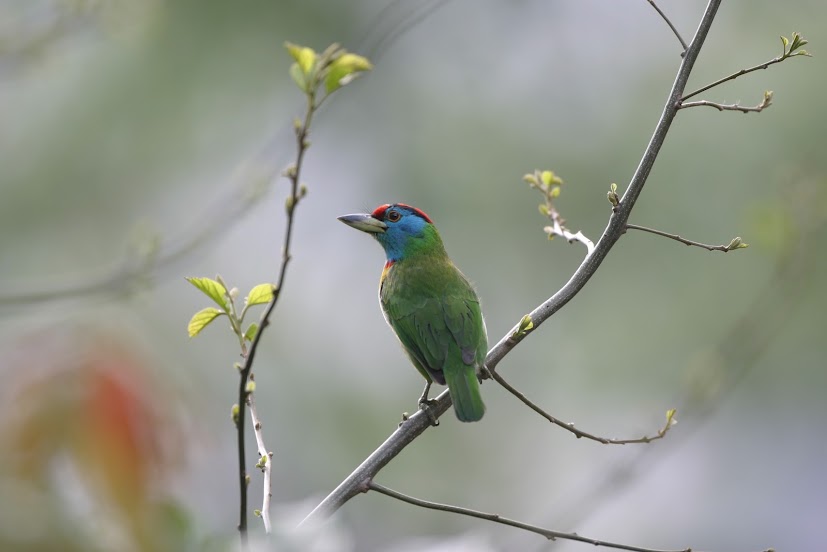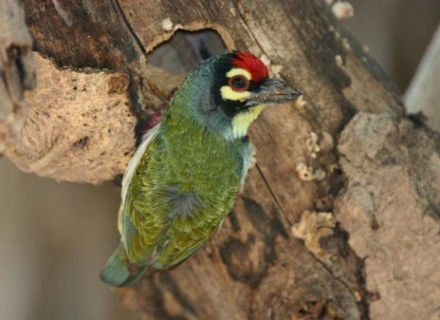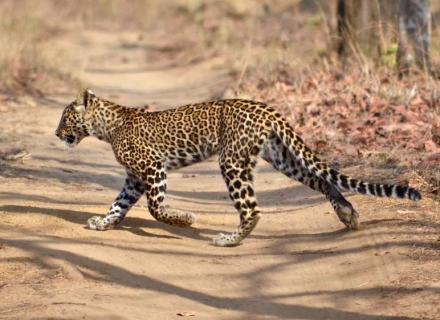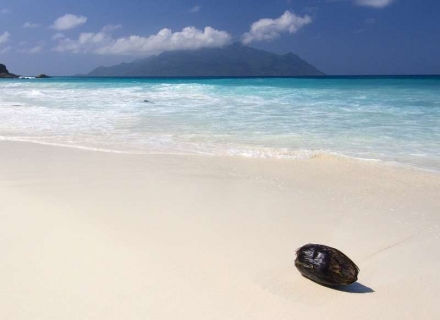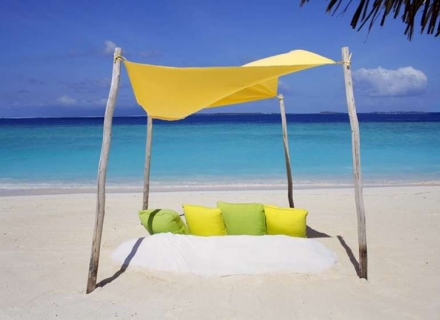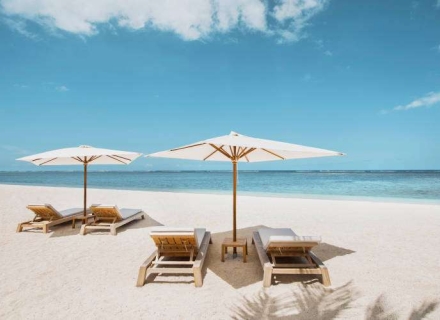Ethiopia
July and August can be quite wet, especially in the Northern highlands. The best time to travel therefore would be from September – March when it is drier and sunnier. Even so – during the rainy season it is safe to say that you will be fine with a light jacket or umbrella as it generally doesn’t rain all day. This is a short rainy season and does not coincide with the European/US summer holidays.
Kenya
Kenya’s “cool” season sets in, with the highlands sometimes rather grey, but wildebeest, migrating from the Serengeti start arriving in the Maasai Mara.
Some of the parks start to get crowded – especially the Maasai Mara, Amboseli and Lake Nakuru. We recommend staying at the smaller, intimate camps away from the crowds at this time.
Tanzania
July is the dry season and temperatures are cool in the highlands and plateaus in the mainland. Visitors to Ngorongoro and the highlands in southern and northeastern Tanzania are advised to pack warm clothing as it can get a quite chilly in the evening and early morning. The plains are golden in colour and July is a good month for visiting northwestern and northern Serengeti for viewing the migration as it is heading northwards towards the Mara River. The riverine habitats around Grumeti / Mara river systems and evergreen riverine forest provide important refuge areas for wildlife during the dry season and great game viewing opportunities year round. Tented camps and airstrips in Selous, Katavi, Ruaha, Gombe and Mahale are open and offer excellent game viewing. Ruaha River, which provides permanent water in Ruaha National Park, attracts a spectacular concentration of wildlife along its banks. Wildlife viewing in Tarangire is excellent from June to October. All the game parks offer excellent bird watching of resident species. July is peak season for beach holidays and the Zanzibar International Film Festival (ZIFF) held in the first two weeks every year is the highlight of Zanzibar’s artistic and cultural calendar. Mwaka Kogwa is a four-day festival marking the arrival of the Shiraz New Year on Zanzibar.
South Africa
Head to: the Elephant Coast Route in KwaZulu Natal, with its temperate climate, which stretches from St Lucia in the south to Kosi Bay in the north. Also perfect to combine this with a trip further up to Rocktail Bay, where snorkeling and diving offers something unique during the winter months. The Greater St Lucia Wetlands Park has much to offer, including whales, turtles, protected reefs and pristine, protected coastline – an area world-renowned for conservation, untamed wilderness and unparalleled diversity. Winters are never cold and temperatures rarely drop below 17°C during the day. Warm jackets are advisable for game drives in the mornings or evenings though.
Avoid: the Eastern Cape Highlands’ mountain passes, particularly those only accessible to 4×4 vehicles – this time of year is especially treacherous.
Madagascar
July is dry season in Madagascar with moderate or even chilly temperatures but with nice sunny days and good light. All roads have now opened and the country is enjoying high season in terms of visitors to the country. Hotels and flights might get fully booked so last minutes booking may prove difficult. July is winter and temperatures may get chilly at night and there is a small amount of austral winter rain so rainforests may be a little wet. There are several cultural festivals events falling in June, July and August – Returning the Dead, Circumcision and Independence Day. July is an excellent month to enjoy whalewatching at Sainte Marie, Anakao, Ifaty and Fort Dauphin and trekking in the highlands is good.
Malawi
Lillian’s Lovebirds congregate in large flocks of hundreds from June – August. This is a phenomenon that is caused by the Candelabra Euphorbia flowering which provides a feast for the birds. At this time, it’s possible to spot larger herds of elephant, which reach into the hundreds. In June and July, crocodile mating also occurs. Mating takes approximately 10 minutes in the water and two months later, the female lays her eggs, which she buries underground and ferociously protects by lying on top of them.
In June and July, the weather is warmer during the day and slightly chillier in the early mornings and evenings.
Namibia
Fish River Canyon hike is open
Great game viewing in the Etosha National Park, including Elephants, Rhino and plains game
Dry, winter season. Less vegetation. Naturally occurring waterholes dry up, so animals congregate around boreholes and man-made waterholes
Virtually no clouds, so great for star-gazing
Zambia
Usually have amazing elephant constantly in camp in the Lower Zambezi at this time of the year. The wild dog start to den, so sightings become scarcer. Great for lion and leopard.
Chilly mornings, warming up nicely during the day, and cool again at night.
Perfect for walking safaris in combination with drives, canoeing, boating.
Zimbabwe
Some of the best game viewing with cool temperatures but peak prices. July and August are Zimbabwe’s main winter months with nights and early mornings being rather chilly, but generally warm enough during the day to wear a fleece. The bush is drying out and game will be generalised around the waterholes with a chance of some fantastic sightings. All the Parks and Private Reserves and Conservancies are good to visit at this time of the year. July and August are ideal for walking safaris in Hwange National Park – especially the Sinamatella region, Mana Pools National Park and Gonarezhou National Park. The Wild Dogs are still denning during July and August especially in Mana Pools and Gonarezhou National Park. Visibility of Victoria Falls is very and there is still a lot of water coming over.
Republic of Congo
Cooler temperatures in the morning makes forest walks very pleasant. Low water levels grant accessibility to hidden parts of the forest for anyone wanting to explore a lot more. The basketball-sized African Bread-Fruit, a favourite among Western Lowland Gorillas, are ripe and often dictates where and when the gorillas move. Do not expect lots of rain, but always be prepared for if it arrives.
Bhutan
The monsoons arrive and most trekking routes remain closed. Temperature ranges from maximum 26°C to 10°C minimum It is raining all over the country and sometimes the roads – especially towards Central Bhutan – are closed due to landslides. As a result it is best to avoid central Bhutan during peak monsoon season.
India
Arrival of monsoons – most parks remain closed. However, there are some parks which keep some zones open for tourism such as Ranthambore (zones 6-10 remain open), Corbett (Jhirna & Dhela zones remain open) and Tadoba Andhari Tiger Reserve. Although safaris are possible please note parks can be shut down at any time based on weather conditions.
It’s raining all over the country – the first rains put out the forest fires and bring the temperatures down substantially. Temperature ranges from 35°C to 28°C.
The monsoon months are a great time to visit the Western Ghats that are open to tourists around the year – key attractions here will be the lesser fauna (amphibians & reptiles) and macro photography.
Sri Lanka
At Wilpattu sightings of sloth bear on the main road increase as the dry season intensifies between May – early October. Chance encounters in Yala and Kumana are possible in the early mornings or late afternoons.
During July more elephants can be observed at Udawalawe. Numbers increase in Minneriya during the afternoons as the dry season intensifies. The open terrain in Minneriya / Kaudulla provide better opportunities for observing elephant behaviour. Low numbers of elephant can be encountered in Yala.
Many varieties of resident bird species can be observed in most of the larger dry-zone national parks.Sightings of endemics should remain consistent in the lowland rainforests and highlands. Conditions should start to dry out as the south west monsoon recedes. Leeches will still be around in good numbers.
July is a good month for viewing leopard in Yala as conditions should be predominantly dry and visitation is still low. More sightings can occur around the waterholes. Encounter rates in Wilpattu should also increase. Chance encounters are also possible at Kumana where there are hardly visitors, however the leopards may be less habituated.
Concentrations of mugger crocodiles in the waterholes increase as the water levels decline in Yala and Bundala – it is not uncommon to see 30+ individuals at Buttuwa wewa or Koma wewa. Chance encounters of Estuarine Crocodile is also a possibility in Bundala.
Seychelles
The South Easterly winds are now well established. This means that it is pleasantly cool with temperatures averaging about 28 celsius. July is usually quite dry and heavy rain is a lot less likely.
The slightly breezier conditions make it ideal for hiking, surfing and windsurfing. Although out to sea can start to be a little choppy, Island hoping between the islands is still very popular. Around the islands themselves the seas should still be fairly calm making for good diving, fishing and island hoping between the 115 islands.
May – September is also the nesting season for Sooty terns and they can be seen by the thousands on Bird Island during July.
+44 1984 667420 or sue@trackssafaris.co.uk
Our expert staff are on-hand, happy to assist with any enquiry you have.

